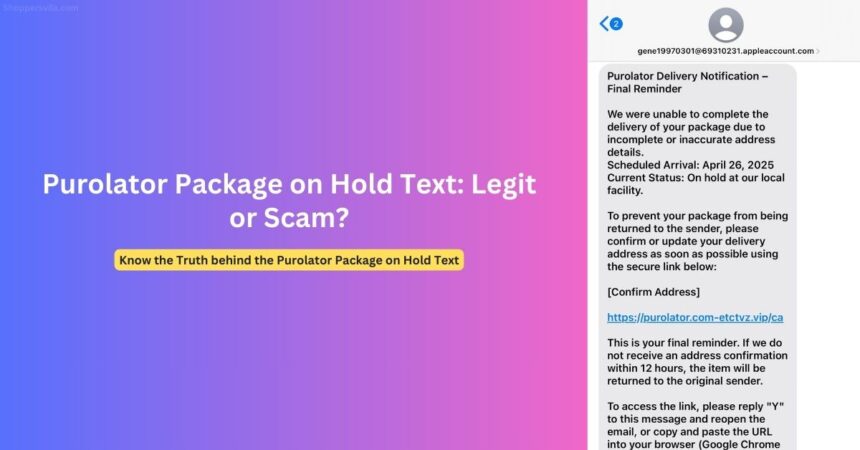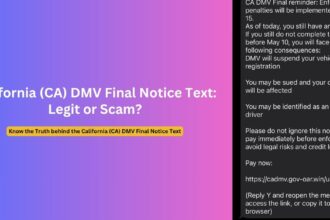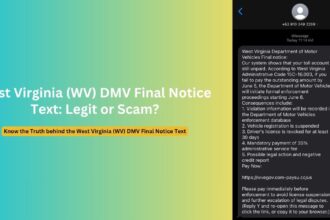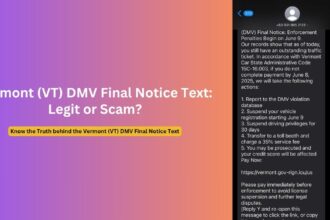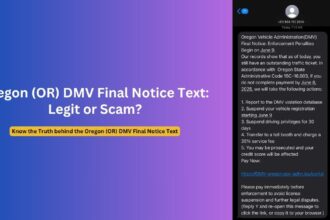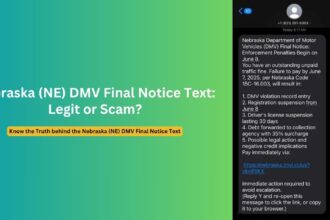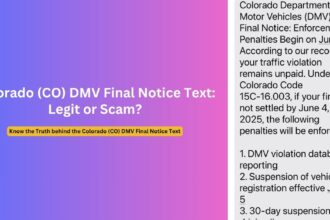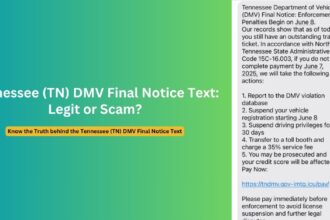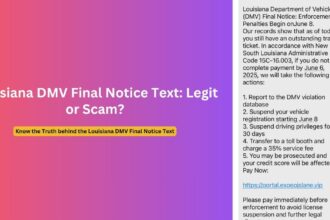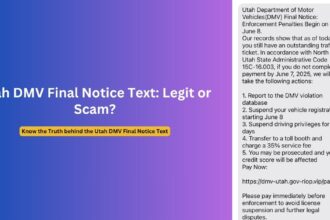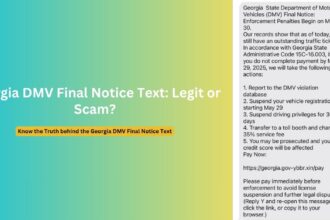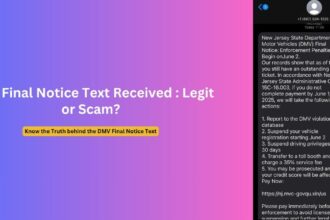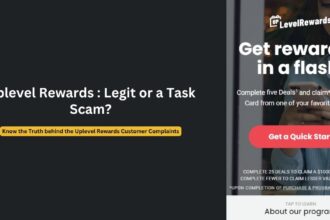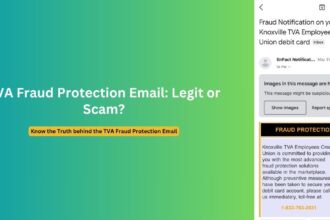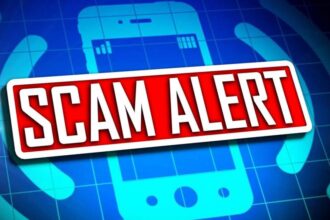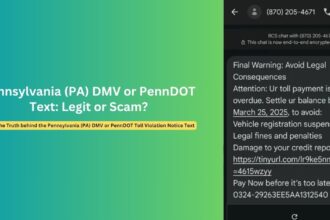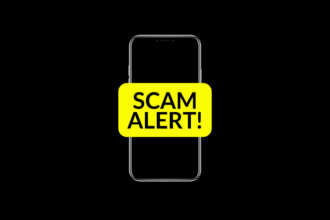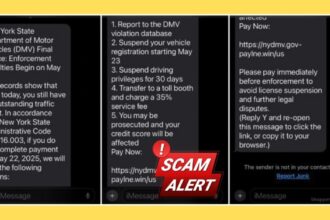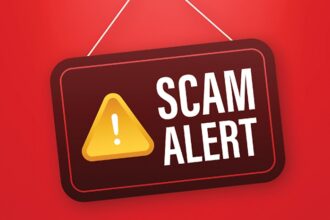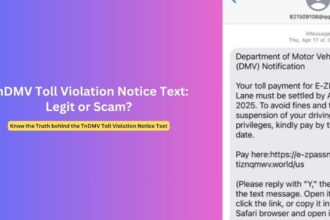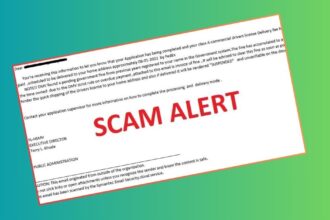In recent months, Canadians have been bombarded with texts claiming to be from Purolator about packages on hold due to “invalid postal codes” or address issues. These messages, often creating a sense of urgency, prompt recipients to click suspicious links to “verify” information. But are these legitimate communications from Purolator, or are they elaborate scams designed to steal personal and financial information?
Purolator itself has confirmed these messages are fraudulent. The company has issued customer alerts warning that scammers are actively impersonating their brand through a sophisticated “smishing” (SMS phishing) campaign. As online shopping continues to dominate retail, these delivery notification scams have become increasingly common, targeting unsuspecting consumers expecting package deliveries.
This comprehensive guide explores how these scams work, what red flags to watch for, and how to protect yourself from becoming the next victim.
The Rising Tide of Purolator Text Scams
Text message scams impersonating delivery companies have exploded in popularity, with Purolator becoming a frequent target for fraudsters. The Canadian Anti-Fraud Centre has reported a significant uptick in delivery-related scams, particularly during peak shopping seasons and periods of shipping disruptions.
These scams are particularly effective because they exploit a common situation many people encounter—waiting for package deliveries. With millions of parcels being shipped daily across Canada, scammers cast a wide net, knowing that a significant percentage of recipients are likely expecting a delivery and might find such messages plausible.
The current wave of Purolator text scams has become so widespread that both the company and law enforcement agencies have issued public warnings. Numerous social media posts show that identical or nearly identical fraudulent messages are being received by people across the country, regardless of whether they’re actually expecting a Purolator delivery.
How the Scam Works
The mechanics of these Purolator text scams follow a well-established pattern that has proven effective for cybercriminals:
- Initial Contact: The victim receives a text message claiming to be from Purolator, stating that a package delivery has been halted due to an issue with the address or postal code.
- Creating Urgency: The message typically includes a deadline (often 24 hours or less) to respond, creating pressure to act quickly without careful consideration.
- Malicious Link: The text contains a link that appears somewhat legitimate at first glance but actually directs to a fraudulent website designed to mimic Purolator’s official site.
- Data Harvesting: Once on the fake website, victims are prompted to enter personal information such as full name, address, email, and sometimes even credit card details under the guise of “verifying” delivery information.
- Identity Theft or Financial Fraud: The collected information is then used for identity theft, unauthorized purchases, or sold on the dark web to other criminals.
The scam’s effectiveness lies in its simplicity and the natural tendency of people to want to resolve delivery issues quickly. By impersonating a trusted brand like Purolator, scammers significantly increase the likelihood that recipients will engage with their messages.
Fake Purolator Package Delivery Text Message Patterns to Be Aware Of
The fraudulent Purolator texts follow several common templates. Being familiar with these patterns can help you immediately recognize potential scams:
Common Message Format #1: Invalid Postal Code
[Purolator] – Package On Hold Notification
Your parcel is currently being processed. Due to an invalid postal code, it cannot be delivered and as been temporarily held. Please verify your postal code within 24 hours using the link below.
[Suspicious URL]
(Reply Y and re-open this message to click the link, or copy it to your browser.)
Common Message Format #2: Delivery Notification Final Reminder Text
Purolator Delivery Notification – Final Reminder
We were unable to complete the delivery of your package due to incomplete or inaccurate address details.
Scheduled Arrival: [Date] Current Status: On hold at our local facility.
To prevent your package from being returned to the sender, please confirm or update your delivery address as soon as possible using the secure link below:
[Confirm Address]
[Suspicious URL]
This is your final reminder. If we do not receive an address confirmation within 12 hours, the item will be returned to the original sender.
Common Message Format #3: Payment Required
Some variations of the scam may also claim that a small fee is required to complete the delivery, typically disguised as a “processing fee” or “address verification fee.” This is a direct attempt to obtain your payment information.
A key identifying feature of these scam messages is the request to reply “Y” to activate the link. This tactic serves two purposes: confirming that your phone number is active and engaging you further in the scam process.
Red Flags That Indicate a Purolator Package Delivery Final Reminder Scam
Identifying these fraudulent messages becomes easier when you know what signs to look for. Here are the most common red flags that indicate a Purolator text is actually a scam:
1. Suspicious Sender Information
Legitimate Purolator notifications come from official channels, not random email addresses or phone numbers. If the sender appears as something like “[email protected]” or shows a strange alphanumeric code, it’s almost certainly fraudulent.
2. Unusual Domain Names
The links provided in these scam texts typically contain suspicious domains that are not affiliated with Purolator’s official website. Examples seen in recent scams include:
- purolator.etctvz.vip
- purolator.etcghq.vip
- purolator.etcqpf.vip
- purolator.etcjaa.vip
Legitimate Purolator communications will only direct you to purolator.com or subdomains of this official domain.
3. Urgency and Pressure Tactics
Scammers frequently employ urgency to prevent victims from thinking critically. Messages that give very tight deadlines like “within 12 hours” or “24 hours” are designed to make you act hastily.
4. Grammar and Spelling Errors
While some scammers have become more sophisticated, many fraudulent messages still contain spelling mistakes, grammatical errors, or formatting issues. Some victims have reported messages where “Purolator” was misspelled as “Puroflator.”
5. Requests for Payment or Sensitive Information
Purolator does not request payment via text message for normal deliveries. Any text claiming you need to pay a fee to receive your package should be treated as suspicious.
6. The “Reply Y” Request
Legitimate delivery companies don’t ask you to reply with “Y” to activate links. This is a tactic used exclusively by scammers to confirm that your number is active.
How to Identify and Protect Yourself from Package Delivery Scams
Staying safe from these increasingly sophisticated scams requires a combination of awareness and proactive security practices:
1. Verify Through Official Channels
If you receive a text about a package delivery, don’t use the link provided in the message. Instead:
- Go directly to Purolator’s official website (www.purolator.com)
- Enter any tracking number you’ve legitimately received
- Call Purolator’s customer service using the official number from their website
2. Check Your Order Status
If you’re expecting a delivery, verify its status through the original retailer’s website or the order confirmation email you received when making the purchase.
3. Be Skeptical of Unexpected Messages
If you haven’t ordered anything or aren’t expecting a delivery, be extra cautious of any delivery notification texts. Scammers often send messages randomly, hoping to catch people who are coincidentally expecting packages.
4. Enable Spam Filtering
Most modern smartphones have built-in spam filtering capabilities for text messages. Make sure these features are enabled on your device to catch some of these scam attempts automatically.
5. Never Share Personal or Financial Information via Text
Legitimate delivery companies will never ask for credit card information, banking details, or passwords through text messages. Any request for such information is a clear sign of a scam.
6. Keep Your Devices Updated
Ensure your phone’s operating system and security software are up to date to protect against known vulnerabilities that scammers might exploit.
What to Do If You’ve Received a Fraudulent Purolator Package on Hold Text
If you’ve encountered one of these fraudulent messages, here are the steps you should take:
If You Haven’t Clicked the Link:
- Don’t Respond: Ignore the message completely; don’t reply “Y” or any other response.
- Report the Message: Forward the spam text to 7726 (SPAM on most keypads). This helps your mobile carrier identify and block scam numbers.
- Delete the Message: Once reported, delete the message to avoid accidentally clicking on it later.
- Block the Sender: Add the number to your phone’s block list to prevent future messages from the same source.
If You’ve Clicked the Link:
- Run a Security Scan: Immediately scan your device for malware using reliable security software.
- Monitor Your Accounts: Keep a close eye on your bank accounts and credit card statements for any unauthorized transactions.
- Change Passwords: If you entered any login information on the scam site, change those passwords immediately.
- Contact Your Bank: If you provided financial information, contact your bank or credit card company immediately to place alerts on your accounts.
- Report to Authorities: File a report with the Canadian Anti-Fraud Centre (1-888-495-8501) to help authorities track and combat these scams.
Purolator has confirmed they’re working with law enforcement to address these fraudulent messages, but the most effective protection remains consumer vigilance and awareness.
Frequently Asked Questions
1. Is That Purolator Package Delivery on Hold Text Notification Legitimate?
No. Purolator has officially confirmed that these text messages claiming packages are on hold due to address issues are fraudulent. The company has issued customer alerts warning about this “smishing” campaign and reported it to the Canadian Anti-Fraud Centre.
2. Does Purolator Send Text Messages?
Yes, Purolator does offer legitimate text notifications through their “Purolator Your Way” service, but these are only sent if you’ve specifically signed up for this service. Additionally, legitimate Purolator text messages never ask for payment or personal information and only contain links to purolator.com domains.
3. How Can I Tell If a Delivery Text Is Legitimate?
Legitimate delivery texts from Purolator will only contain links to the official Purolator website, won’t request payment information, and will be sent only if you’ve opted in to receive notifications. If in doubt, always go directly to Purolator’s website rather than clicking links in messages.
4. Why Do These Scams Seem to Know I’m Expecting a Package?
They often don’t. Scammers send these messages randomly to thousands of numbers, knowing that many people frequently order items online. The coincidental timing can make it seem like they know about your specific order, making the scam more convincing.
5. Can I Get My Money Back If I’ve Been Scammed?
If you’ve provided payment information and unauthorized charges have been made, contact your financial institution immediately. Many banks and credit card companies offer fraud protection that may help recover your funds, especially if reported quickly.
Conclusion
As online shopping continues to grow, so too will the sophistication and frequency of delivery-related scams. The Purolator package on hold text scam is just one variation in an evolving landscape of digital fraud attempts.
The best defense against these scams is education and a healthy dose of skepticism. By understanding how these scams work, recognizing the red flags, and following security best practices, you can significantly reduce your risk of becoming a victim.
Remember: legitimate companies like Purolator will never pressure you to take immediate action via text, request payment or personal information through unsecured channels, or use suspicious domain names in their communications.
When in doubt, go directly to the source. Visit Purolator’s official website or call their customer service line using the number from their website—never the one provided in a suspicious text. This simple step can save you from the significant headaches and potential financial losses associated with falling victim to these increasingly common scams.
Stay vigilant, stay informed, and keep your personal information secure in an increasingly complex digital world.
